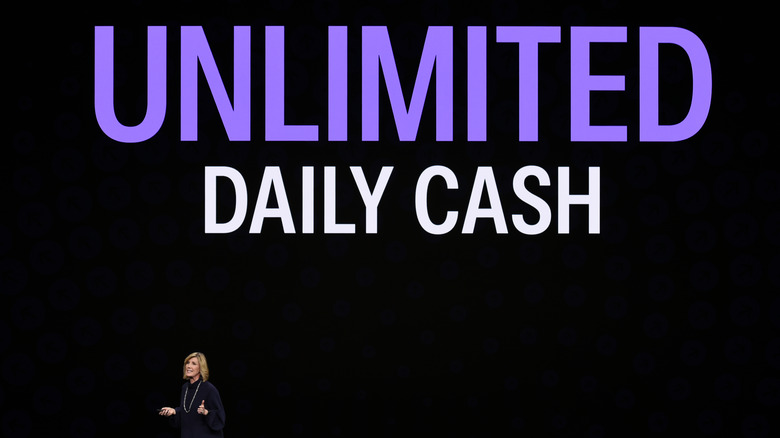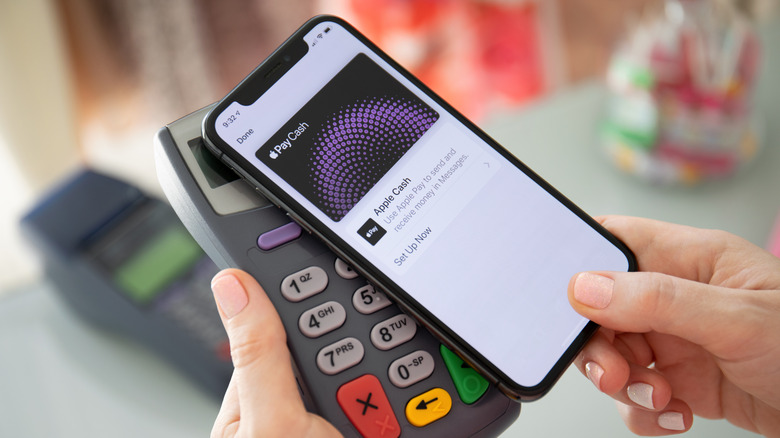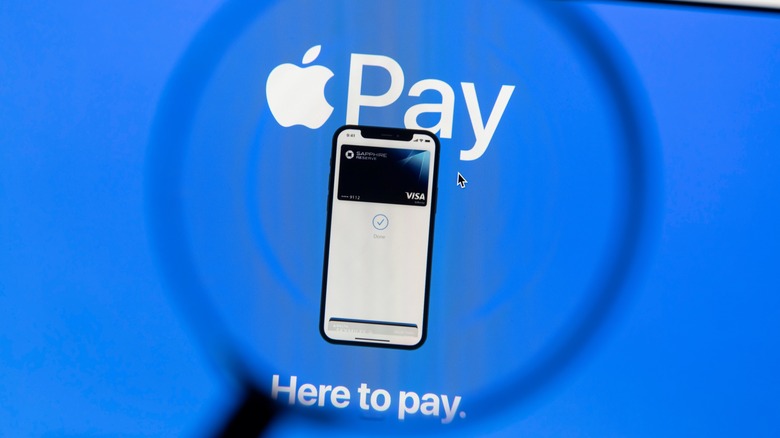Should You Use Apple Pay Later? Interest-Free Doesn't Equal Risk-Free
Taking on debt, whether it's via a loan from a conventional bank, running a balance on a credit card, or using one of the growing number of "buy now, pay later" apps and online services, always comes with risks. Even the most secure loans can come with serious penalties for malfeasance or default, and convenience tends to inversely correlate with risk, with cheap credit cards and payday lenders punishing too-casual use with destructively high interest and other predatory tactics.
In big news for the "buy now, pay later" (BNPL) marketplace, Apple is now officially in the game. First announced two full years ago, the newly available Apple Pay Later is still in prerelease. In its current form, it allows users to break up expenses into four equal payments over six weeks. Apple Pay Later is available for purchases from $50 to $1000. In order to deliver maximum efficiency, Apple is partnering with the Mastercard Installments program backed by Goldman Sachs. Vendors that accept Mastercard will be able to do business through Apple Pay Later with no extra steps.
On biting the Apple
So, should you use Apple Pay Later? That question raises another question — one that BNPL providers have struggled with since the rise of digital money. How sustainable is the overall model?
Low- or no-interest loans aren't a new idea. Pre-digital providers like credit cards and payday lenders generally profited by offering sensible terms for fixed periods of time, then bombarding users with predatory rates and fees should any payment come late. Pioneers of digital BNPL like Klarna do charge fees, but those fees are nowhere near as severe or long-lasting as credit card debt or defaulting on a loan. Arguably, however, that's why services like Klarna have struggled to maintain long-term profitability in recent years. Other notable digital BNPL players like PayPal have generally stayed solvent by treating financing as a fairly small part of their overall business.
On paper, Apple seems like an excellent candidate to beat those odds and deliver a more user-friendly product. Klarna, after all, is a 20 year old startup and BNPL is its only business. Apple is, by most measures, the largest company on Earth. In part, that's good news for users: Apple has a reputation to maintain and has put years into the development of its BNPL option. The company is also touting Pay Later's ties to more conventional financing options via Mastercard and Goldman Sachs. That is likely to mean robust support options and potentially desirable new features.
Big names, big responsibility
If BNPL users wanted conventional financing, they'd utilize banks or credit cards directly. At least part of the appeal of BNPL apps is their disruption of the entrenched bank or credit card approach to borrowing. Apple seems to be more interested in delivering a sense of legitimacy. The company is even promising to report Pay Later usage to credit agencies, pitching that as a way for customers to improve their credit scores. As yet, however, there is no news as to whether those credit disclosures would be voluntary or a prerequisite of using the Pay Later service. For users with imperfect payment history, Pay Later may do more harm than good. Moreover, however accessible Apple's Mastercard-powered purchasing tools are, they will only function within the Apple ecosystem. Apple Pay Later does nothing for anyone who uses Windows or Android for their digital needs.
In short, Apple entering the BNPL market is likely to cause ripples, both positive and negative. Scales tipping a direction will depend on the question of how people use Apple Pay Later, and what Apple does to reward and penalize behavior on the platform.


